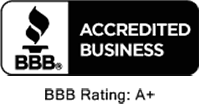Wild Animal in my Basement
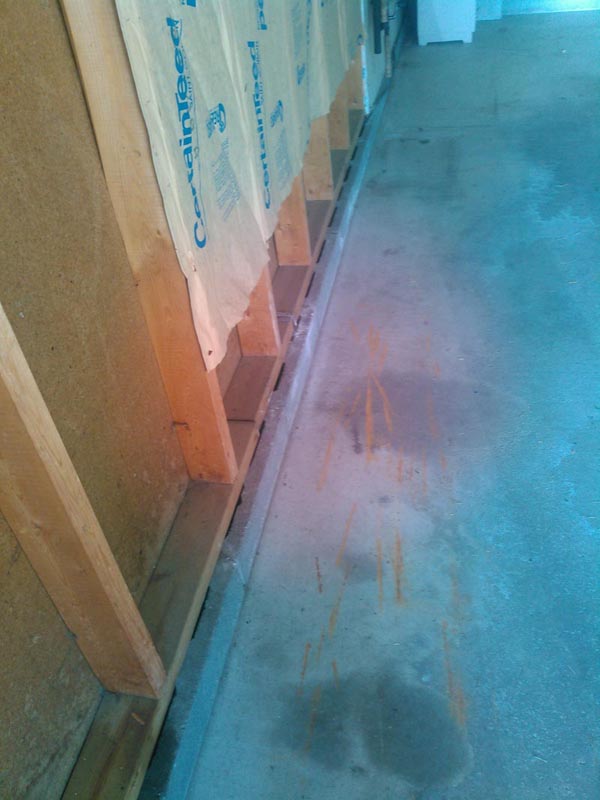 While no one likes to think that their own home is also an ideal home for a wild animal, it’s hard to deny that a basement isn’t the perfect place for our furry or slithery friends to reside. At Minnesota Wild Animal Management, LLC. we are no stranger to unusual calls. However, suspecting a wild animal in your basement isn’t that unusual at all. If you think a wild animal has made a habitat of your basement, let us help you out!Signs of a Wild Animal(s)… While some of us are always on high alert for creepy crawly things, it’s not unusual to be unaware of an animal taking refuge in your basement.
While no one likes to think that their own home is also an ideal home for a wild animal, it’s hard to deny that a basement isn’t the perfect place for our furry or slithery friends to reside. At Minnesota Wild Animal Management, LLC. we are no stranger to unusual calls. However, suspecting a wild animal in your basement isn’t that unusual at all. If you think a wild animal has made a habitat of your basement, let us help you out!Signs of a Wild Animal(s)… While some of us are always on high alert for creepy crawly things, it’s not unusual to be unaware of an animal taking refuge in your basement.


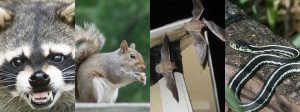 As we enjoy the natural beauty and wildlife in Minnesota, it’s essential to remember that sometimes, wildlife can encroach on our homes or pose threats to our properties. That’s where Minnesota Wild Animal Management comes into play.
As we enjoy the natural beauty and wildlife in Minnesota, it’s essential to remember that sometimes, wildlife can encroach on our homes or pose threats to our properties. That’s where Minnesota Wild Animal Management comes into play.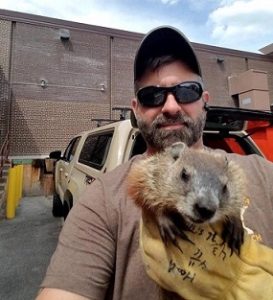 When wildlife encounters with humans become problematic, it’s essential to address these situations with empathy, responsibility, and professionalism. Minnesota Wild Animal Management specializes in humane wildlife management, offering a comprehensive and ethical approach to dealing with wildlife issues in the state of Minnesota. In this article, we will explore the importance of humane wildlife management, its methods, and how Minnesota Wild Animal Management excels in this crucial industry.
When wildlife encounters with humans become problematic, it’s essential to address these situations with empathy, responsibility, and professionalism. Minnesota Wild Animal Management specializes in humane wildlife management, offering a comprehensive and ethical approach to dealing with wildlife issues in the state of Minnesota. In this article, we will explore the importance of humane wildlife management, its methods, and how Minnesota Wild Animal Management excels in this crucial industry.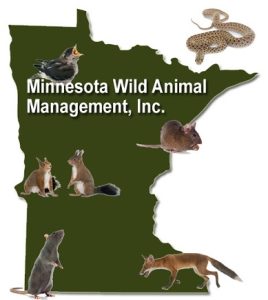 The natural beauty and diverse ecosystems of Minnesota are home to a wide array of wildlife species. While coexisting with these creatures is often a harmonious experience, there are times when the services of a professional wildlife management company become necessary. Minnesota Wild Animal Management, with its extensive expertise in this field, plays a vital role in balancing human-wildlife interactions, ensuring the well-being of both.
The natural beauty and diverse ecosystems of Minnesota are home to a wide array of wildlife species. While coexisting with these creatures is often a harmonious experience, there are times when the services of a professional wildlife management company become necessary. Minnesota Wild Animal Management, with its extensive expertise in this field, plays a vital role in balancing human-wildlife interactions, ensuring the well-being of both.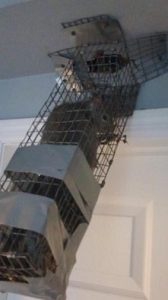 Living in Minnesota, surrounded by lush forests and abundant wildlife, we are constantly reminded of the beauty and diversity of nature. The presence of wild animals enriches our lives and contributes to the ecological balance. However, there are times when human-wildlife interactions can lead to conflicts or unfortunate incidents. This is where Minnesota Wild Animal Management steps in with their humane wildlife rehabilitation service, fostering coexistence between humans and the remarkable creatures that inhabit our state.
Living in Minnesota, surrounded by lush forests and abundant wildlife, we are constantly reminded of the beauty and diversity of nature. The presence of wild animals enriches our lives and contributes to the ecological balance. However, there are times when human-wildlife interactions can lead to conflicts or unfortunate incidents. This is where Minnesota Wild Animal Management steps in with their humane wildlife rehabilitation service, fostering coexistence between humans and the remarkable creatures that inhabit our state.